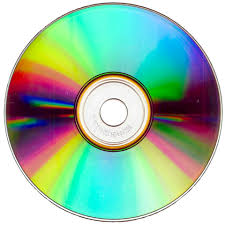Introduction
Optical Storage Devices
Optical-Storage-Devices-Revision-Sheet
Optical Storages used to be incredibly popular up until the last couple of years where cloud storage and the rise of video and game streaming services have massively reduced their popularity.
Types of optical storage devices:
- CD Drives (700MB)
- DVD Drives (4.7GB)
- BluRay Drives (50GB)
Optical storage devices offer cheap and portable high capacity secondary storage. Far more portable than an internal hard-drive, which makes them good for small / medium size backups and great for sending through the post.
How they work
How they work
Optical storage devices work by firing a laser at the surface of a spinning disk. The disc is covered in a pattern of pits in the CD surface. As the laser hits the pits it is reflected and the pattern of pits it detected by a laser detector.
Pros & Cons
Advantages & Disadvantages of Optical Storage Devices
Advantages
- Low cost per GB of storage due to being manufactured mostly from cheap plastic
- Cheap and easy to distribute compared to magnetic storage
- Media can be played on home entertainment systems and in-car systems.
Disadvantages
- The discs can easily be scratched and therefore aren’t very robust
- Most portable devices don’t support optical storage any more.
- They have a fairly low read-write speed.
- Burning data to a CD/DVD requires specialist software and it doesn’t always work successfully.
Resources
Resources